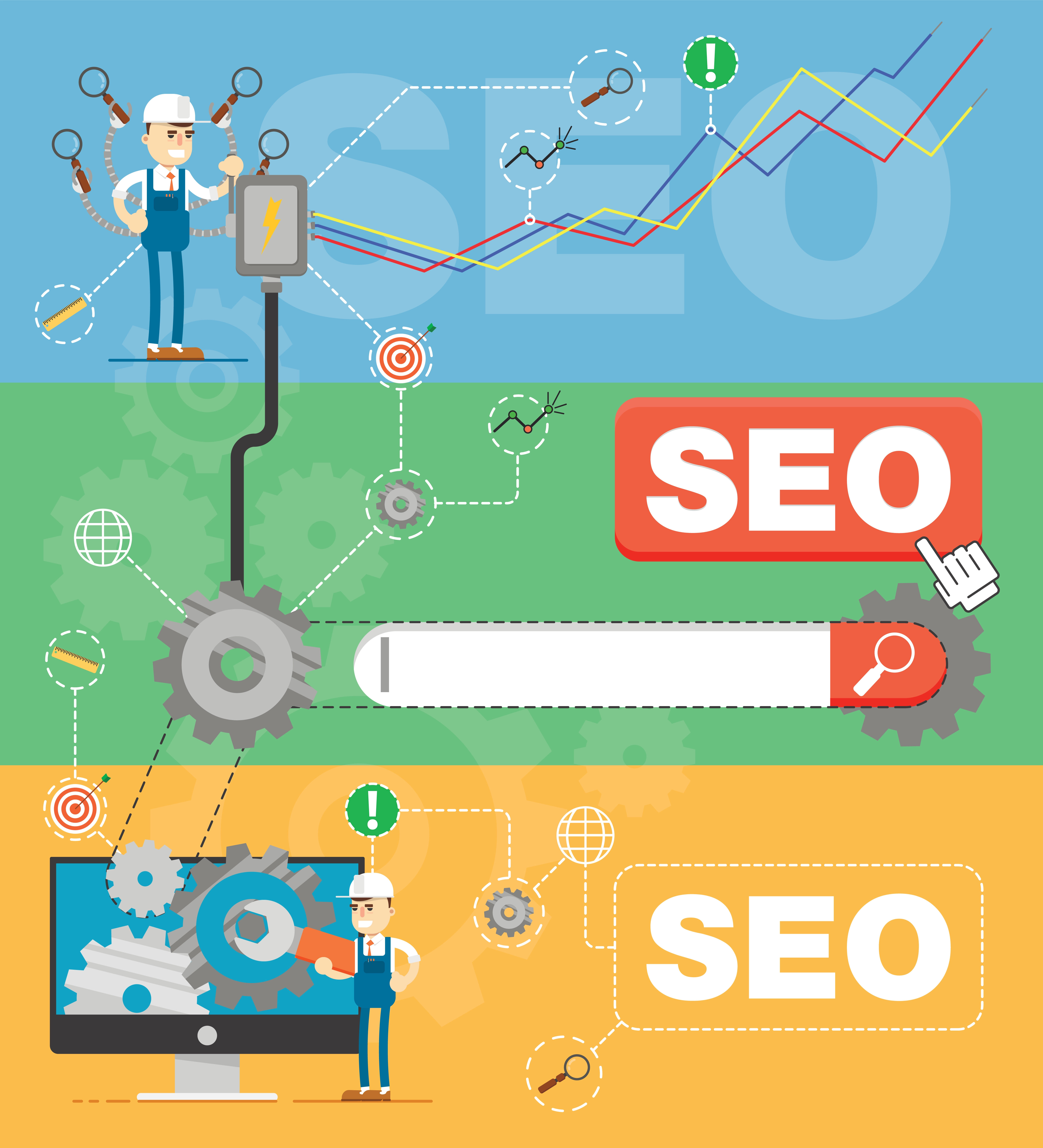GEO vs AEO vs SEO: Which Strategy Will Dominate Your Marketing in 2025?
In today’s digital world, where search engines and voice assistants grow smarter every day, understanding the right way to reach your audience is key. As we head into 2025, three strategies are taking the spotlight: GEO, AEO, and traditional SEO. Knowing which one to focus on can make or break your marketing success. This article breaks down each approach, compares their strengths, and shows how you can use them to stay ahead.
Understanding the Foundations: What Are GEO, AEO, and SEO
Search Engine Optimization (SEO)?
SEO is the classic way businesses get noticed online. It’s all about optimizing your website and content to rank high on search engines like Google. Companies focus on keywords, links, and quality content to attract organic traffic. Over the years, SEO has been the backbone of digital marketing, helping brands grow their online presence and bring in visitors who are already looking for what they offer.
Generative Engine Optimization (GEO)?
GEO is a newer term born from AI advances. It focuses on using AI and machine learning to create content that targets what AI-powered engines look for. Instead of just optimizing for keywords, GEO makes content smarter and more personalized. Imagine AI writing tailored product descriptions, blog posts, or ads that match user intent perfectly. GEO aims to boost how well an AI engine understands and values your content, giving you an edge in crowded spaces.
Answer Engine Optimization (AEO)?
AEO is all about getting your content into answer boxes, featured snippets, and voice search results. Think of AEO as tailoring your content to be a quick, clear answer to questions. It's visualized when you search "What is SEO?" and Google shows a concise summary right at the top. With voice assistants like Siri or Alexa, AEO ensures your info is the one they read aloud. This direct approach helps brands connect instantly with users seeking quick solutions.
Key Differences and Overlaps
Core Objectives of Each Strategy:
SEO: Focuses on climbing the rankings for keywords and building long-term growth.
GEO: Looks to generate content that AI-driven engines find relevant and useful.
AEO: Aims to provide quick, direct answers to specific questions from users.
Technological Foundations:
SEO: Relies on understanding search algorithms, backlinks, and quality content.
GEO: Depends on natural language processing, AI models, and content generation tools.
AEO: Uses structured data, schema markups, and answer-focused formatting.
Audience Engagement and User Intent:
SEO: Targets various user goals with keyword strategies.
GEO: Connects with AI-driven personalization, making content more relevant.
AEO: Prioritizes immediacy, offering fast, clear answers for voice and answer boxes.

Which Strategy Works Best for Different Business Goals?
-
Brand awareness: SEO helps build a steady online presence over time. -
Fast & Scalable Performance with modern frameworks and clean code -
Leads and sales: GEO’s personalized content can boost conversions. -
Customer support: AEO provides quick answers, reducing frustration. -
Vertical-specific strategies vary: from idea validation to post-launch maintenance
Practical Strategies to Prepare for 2025
Integrating SEO, GEO, and AEO Tactics
Create a mix of content optimized for keywords, AI-friendly content, and structured data. Use tools like SEMrush, Jasper AI, or BrightEdge to assist. Start testing AI-generated content but review it carefully.
Leveraging AI and Generative Content
Follow best practices: ensure AI content remains helpful, accurate, and authentic. Human oversight keeps your voice genuine, avoiding spammy appearances. Use AI tools for idea generation, not the whole story.
Optimizing for Answer Engines
Use schema markups for FAQs, reviews, and products. Focus on clear, concise answers that solve user questions fast. Format content to fit answer boxes, voice snippets, and featured snippets.
appearances. Use AI tools for idea generation, not the whole story.Monitoring and Adapting to Algorithm Changes
Stay flexible. Regularly audit your site’s performance, analyze traffic sources, and follow platform updates. Quick adaptations can turn a failing strategy into a success. For example, shifting focus from keyword stuffing to answer-ready content when needed.
Expert Insights and Industry Examples
Leading SEO experts say AEO will continue gaining importance as voice search grows. AI-powered tools now help brands produce content faster and more accurately. One example: a local restaurant used schema markup and direct answer content, doubling its voice search visits within six months.
Lessons learned? Don’t ignore the power of automation and personalization. Brands that stuck with old tactics without adjusting saw stagnation. Those who embrace AI and answer optimization tend to outperform competitors.
Conclusion: Which Strategy Matters Most in 2025?
All three—GEO, AEO, and SEO—form a powerful combo. Combining traditional SEO with AI-driven content creation and answer-focused tactics gives a full spectrum approach. Your goals should guide your focus. If brand building is key, invest in SEO. For instant engagement, prioritize AEO and GEO.
Success in 2025 comes down to staying flexible and embracing change. Keep testing, learning, and adjusting your strategy for the evolving ways people search and find information. Be ready to blend these techniques for the best results.
Key Takeaways
1. Use advanced AI tools to generate relevant, personalized content.
2. Optimize for voice and answer snippets to stay visible in quick-answer searches.
3. Integrate structured data to make your content more findable for answer engines.
4. Keep an eye on technological shifts and adapt your approach regularly.
5. A balanced mix of GEO, AEO, and SEO will deliver the best results in 2025 and beyond.
